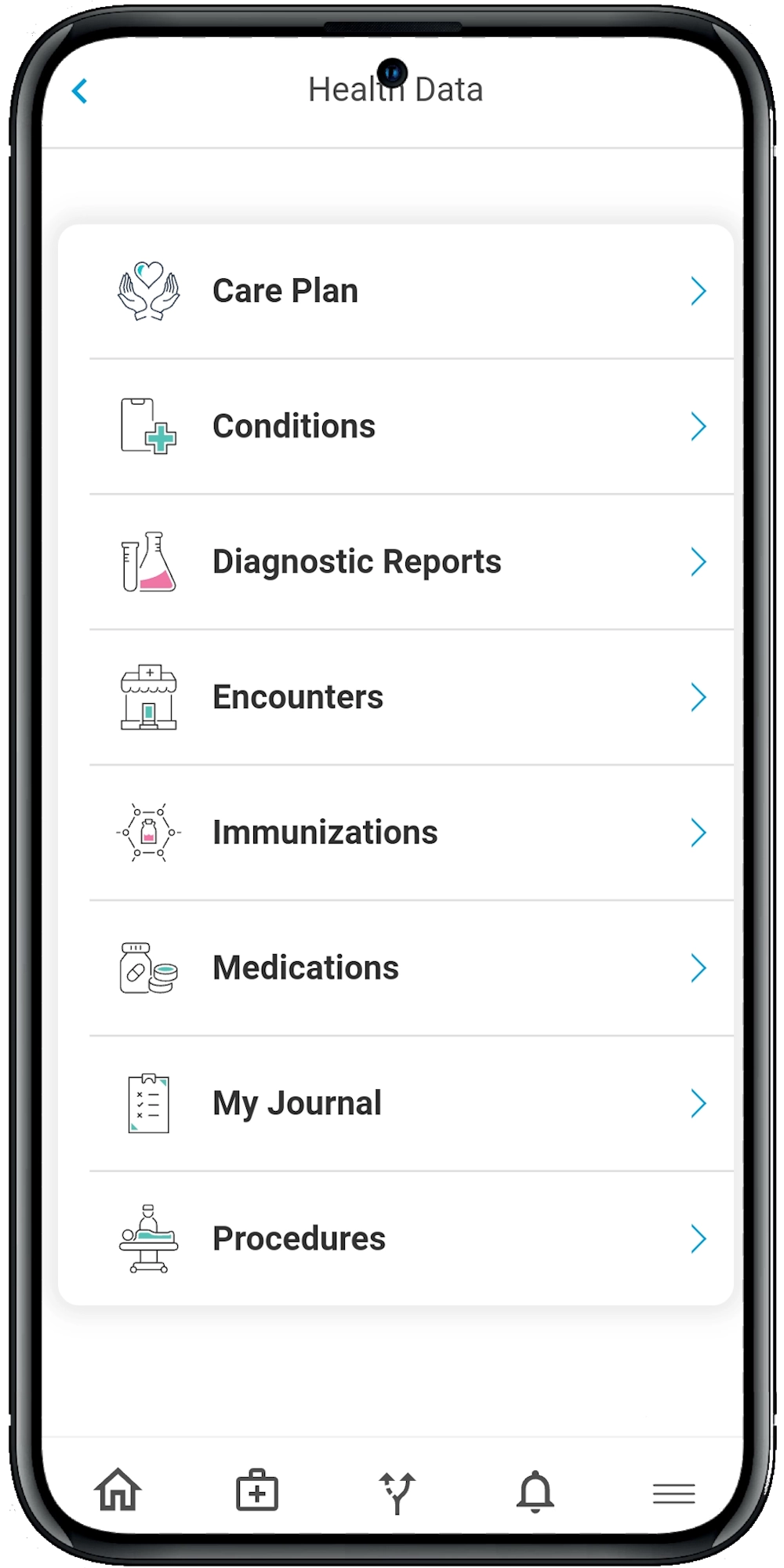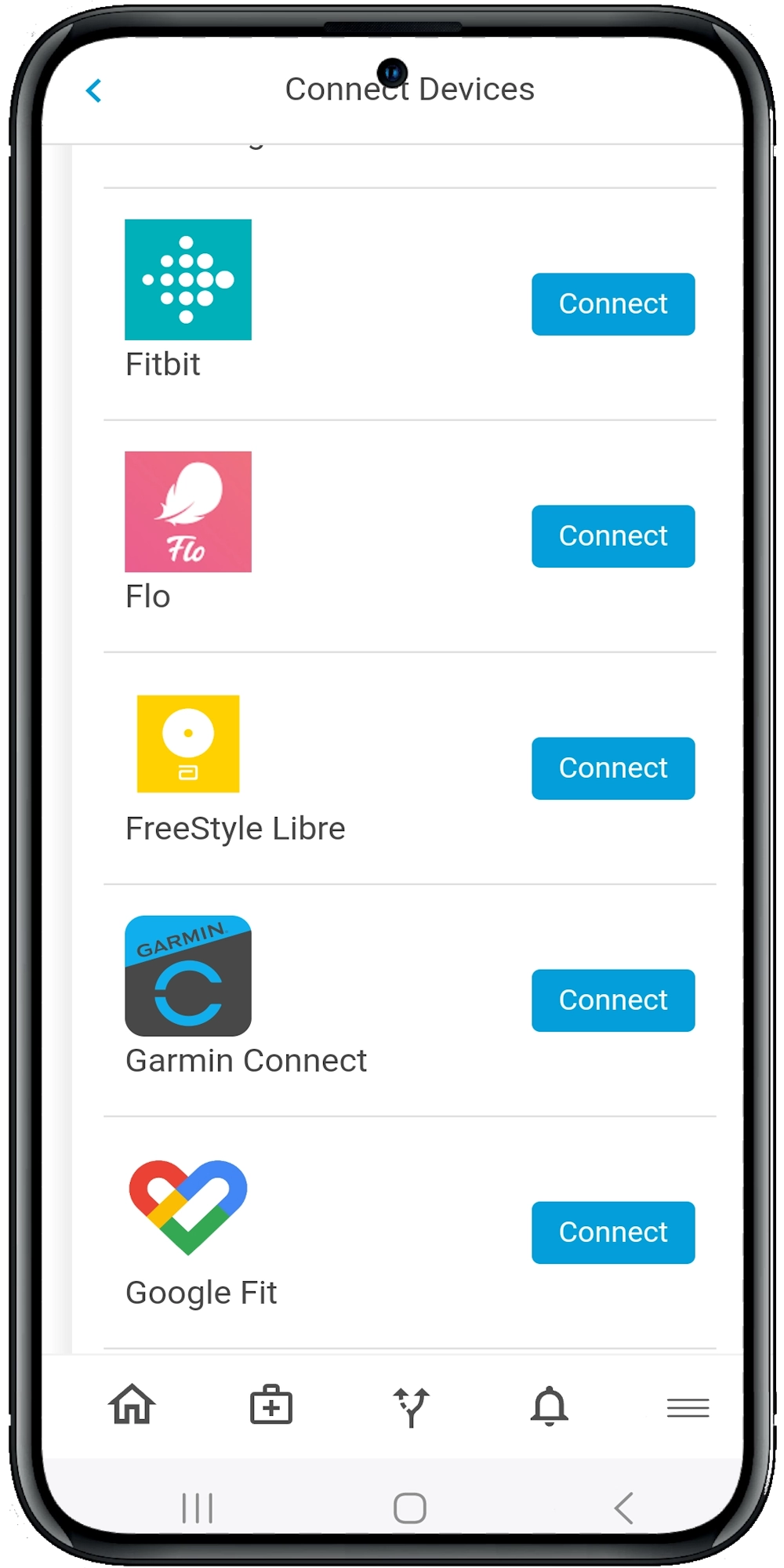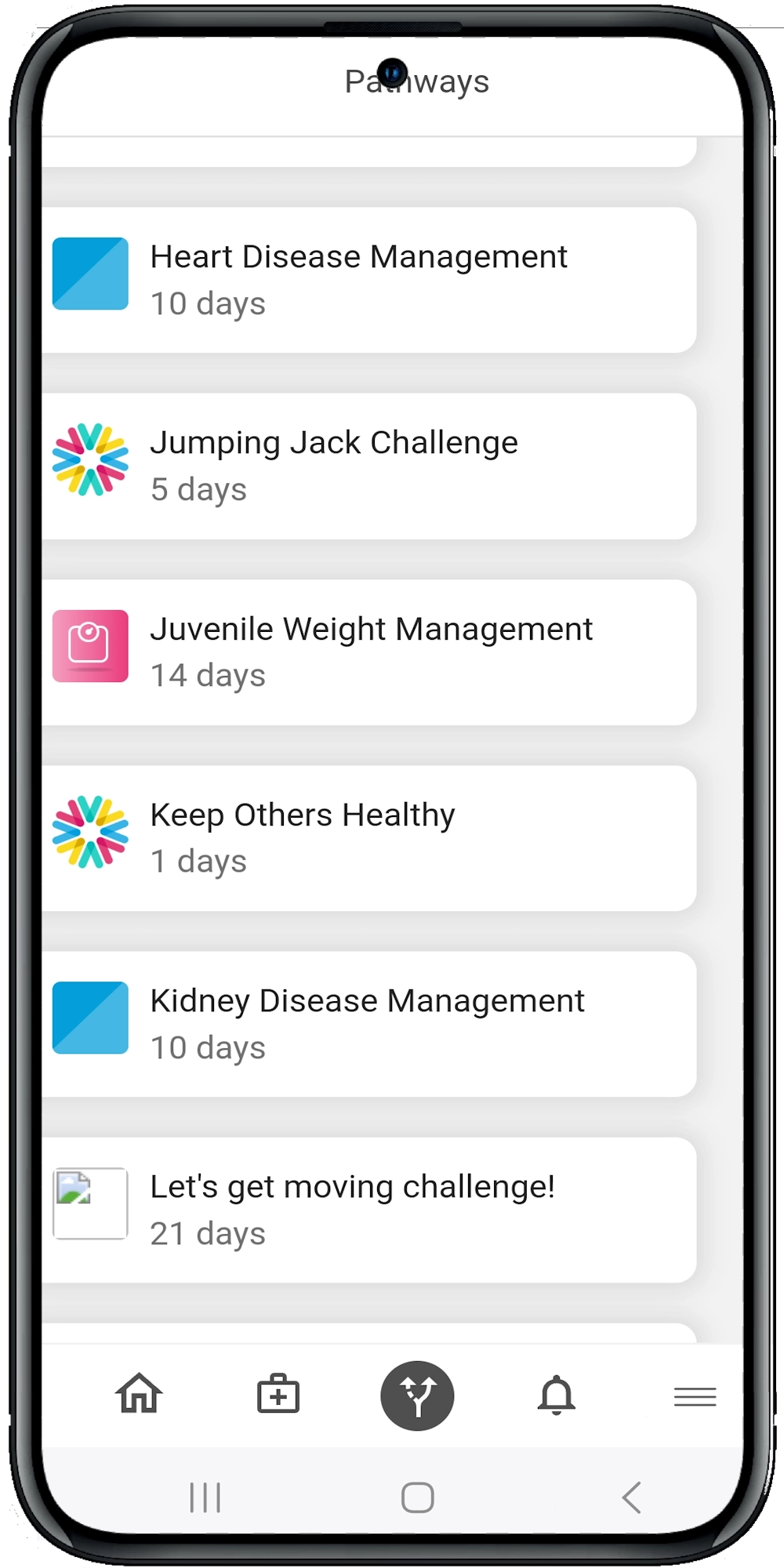The Role of Mobile Apps in Dermatology Patient Engagement
Enhancing Patient Education and Awareness
Imagine you’re a dermatologist explaining a complex skin condition to a patient. They nod along, but do they really understand? Mobile apps can bridge this gap by offering:
- Interactive Visuals: High-quality images and videos that explain conditions and treatments in layman’s terms.
- Educational Articles: Easily accessible articles and FAQs that patients can read at their own pace.
- Push Notifications: Reminders about skincare routines, medication schedules, and follow-up appointments.
These features ensure that patients are not just passive recipients of information but active participants in their care.
Streamlining Diagnosis and Treatment
Remember the days when diagnosing a skin condition required multiple visits and endless paperwork? Mobile apps simplify this process by:
- Teledermatology: Allowing patients to upload photos of their skin conditions for remote diagnosis.
- AI Algorithms: Using artificial intelligence to analyze images and suggest potential diagnoses.
- E-Prescriptions: Enabling dermatologists to send prescriptions directly to pharmacies, reducing wait times and improving medication adherence.
These functionalities save time for both patients and healthcare providers, making the diagnostic process more efficient and accurate.
Improving Patient-Provider Communication
Effective communication is the cornerstone of quality patient care. Mobile apps enhance this by:
- Secure Messaging: Allowing patients to ask questions and receive timely responses without the need for an appointment.
- Appointment Scheduling: Simplifying the process of booking, rescheduling, or canceling appointments.
- Feedback Mechanisms: Enabling patients to provide feedback on their care, helping providers improve their services.
By fostering open lines of communication, mobile apps help build stronger patient-provider relationships.
Promoting Adherence to Treatment Plans
How often have you prescribed a treatment plan, only to find out later that the patient didn’t follow it? Mobile apps can tackle this issue by:
- Medication Reminders: Sending alerts to remind patients to take their medications.
- Progress Tracking: Allowing patients to log their symptoms and track their progress over time.
- Motivational Messages: Offering encouragement and tips to help patients stay on track.
These features not only improve adherence but also empower patients to take control of their health.
Facilitating Research and Data Collection
In the world of dermatology, data is king. Mobile apps can be invaluable tools for:
- Clinical Trials: Recruiting participants and collecting data in real-time.
- Patient Registries: Maintaining databases of patients with specific conditions for future research.
- Outcome Tracking: Monitoring the effectiveness of treatments over time.
By leveraging mobile apps for data collection, healthcare providers can contribute to the advancement of dermatological research.
Enhancing Accessibility and Equity
One of the most significant advantages of mobile apps is their potential to level the playing field in healthcare. They can:
- Reach Underserved Areas: Providing access to dermatological care in rural or underserved areas.
- Language Options: Offering content in multiple languages to cater to diverse patient populations.
- Affordability: Reducing the cost of care by minimizing the need for in-person visits.
These benefits make dermatological care more accessible and equitable for all patients.
Practical Tips for Implementing Mobile Apps in Your Practice
So, you’re convinced that mobile apps are the future of dermatology. But how do you integrate them into your practice effectively? Here are some practical tips:
- Choose the Right App: Look for apps that are user-friendly, secure, and offer features that align with your practice’s needs.
- Educate Your Staff: Ensure that your team understands how to use the app and can guide patients through its features.
- Promote Patient Adoption: Encourage patients to download and use the app by highlighting its benefits during consultations.
- Monitor and Evaluate: Regularly assess the app’s performance and gather feedback from patients and staff to make necessary improvements.
By following these steps, you can seamlessly integrate mobile apps into your practice and enhance patient engagement.
Summary and Suggestions
Mobile apps are not just a trend; they are a game-changer in dermatology patient engagement. From educating patients to streamlining diagnosis and treatment, these digital tools offer numerous benefits for both healthcare providers and patients. Ready to take your practice to the next level? Explore our other resources or schedule a demo to learn more about our digital health platform and solutions.
By embracing mobile apps, you’re not just keeping up with the times—you’re paving the way for a more efficient, effective, and patient-centered approach to dermatological care.




